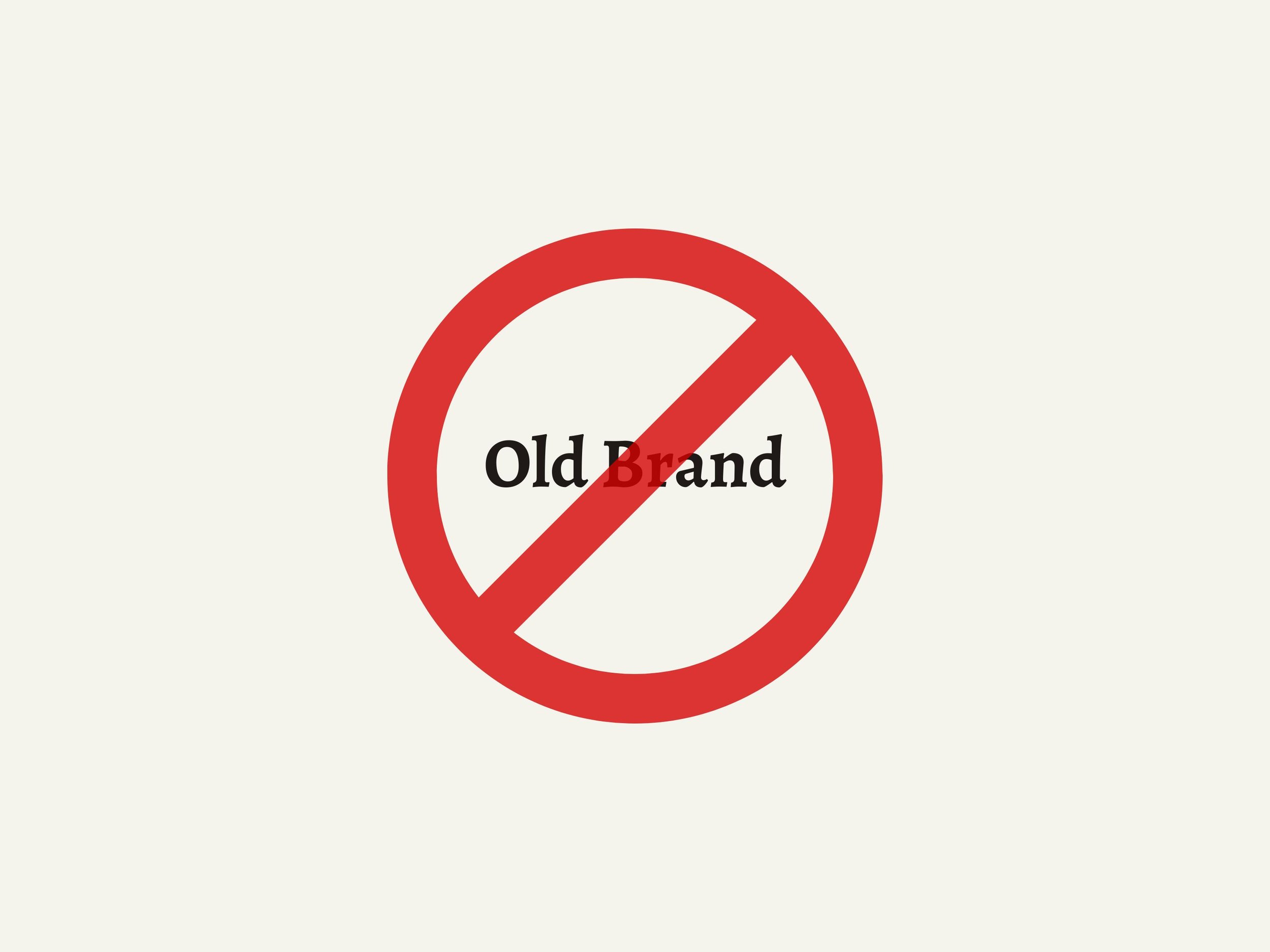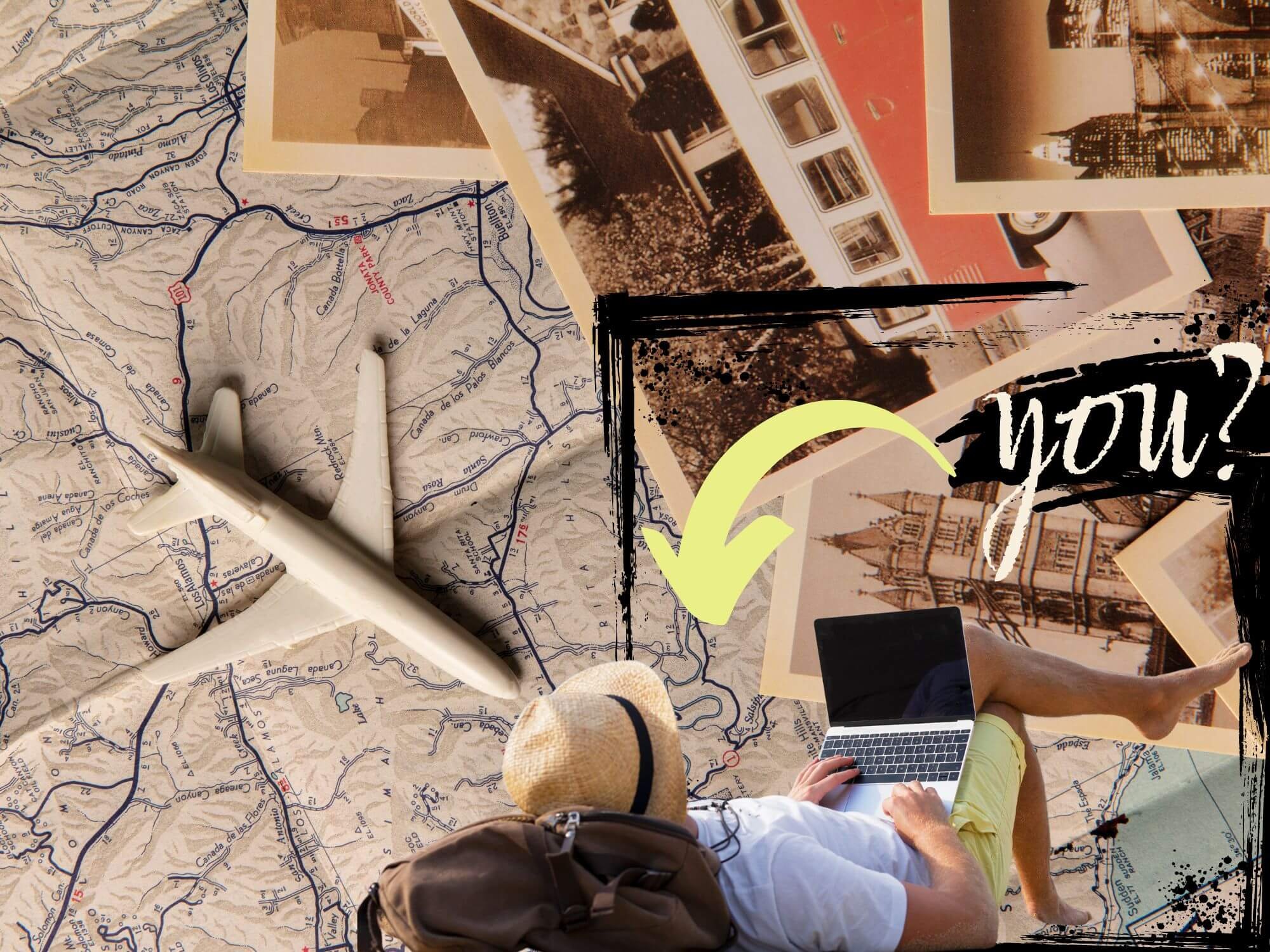Branding for Creatives (gamify the adventure + add UVPs)
Building a personal brand is an epic creative act. It’s something that can’t be copied and unlocks awesome opportunities for growth. Also, it feels more like a grand adventure than some business-y task that needs to be checked off.
So welcome to my guide on branding for creatives.
I’m a musician who travels and blogs. And like many of you, I have a grand brand plan.
So this post shares how I’m crafting my own image by using things like an adventure mindset, gamification and UVPs (unique value proposition).
Let’s get to it!
Table of Contents Show
What Is Creative Branding?
Creative branding is the act of crafting your online image, identity or reputation as an artist or creative.
It’s close to “regular” branding, but takes into account the unique goals, lifestyle and challenges that artists and creatives face.
It’s focused on a specific person or group and the creative act or artwork itself. Creative branding is for:
Artists
Musicians
Crafters
Creative business owners
Content creators
Writers
Creatives
For me, branding is the image people have of you. It’s how you hope someone would describe you in one sentence.
So my goal is to be seen as a laidback traveling musician and digital creator.
But creative branding is also akin to going on an adventure.
In my opinion, it’s an epic journey that’s more like backpacking through Asia with a paintbrush than setting some boring business-y goal.
This mindset and framing helps me stay process-oriented and totally stoked.
Now let’s keep moving and look at the main elements of a creative brand.
The Benefits of Creative Branding
Nobody can replicate a brand
It’s a long-term growth strategy
It helps you differentiate and stand out
Boost your professionalism
Increase fan loyalty
Improve credibility, trust and authority
Make yourself more memorable and recognizable
Increase your clarity on who you are as an artist
It’s a way to claim your style and uniqueness
Improve your creative confidence
It’s creative play and super fun to build
4 Elements of A (successful) Creative Brand
A creative brand is a nuanced thing.
But these are the core components I’m focusing on.
You
This is probably the most important part of a creative brand — you.
You are the face of your brand. Even if you’re going at things anonymously or using an alter ego, there’s still an element of you involved.
This means finding your unique voice and being your authentic self. Because the world doesn’t need another copy.
It needs you.
Recommended: How to Be Your Authentic Creative Self
Your Journey
Storytelling is a part of everything. So this is a crucial piece of creative branding.
Whether you’re just starting out (and not sure what your brand is) or you’re a seasoned pro, your journey is your story.
And building a successful brand means having a story people can follow and connect with.
So share your journey — even (especially) the awkward parts.
Authenticity starts with sharing your honest story, not by trying to be someone or something else who’s perfect or flawless. Because that’s boring (and difficult to connect with).
Recommended: Modern Creatorship = The Hero’s Journey
Your Thing
The next piece of the branding puzzle is your thing — your craft, your art.
This is the product or creative asset that people can hear, see, watch, buy or consume in some way.
If you’re a painter, this could be your artwork. If you’re a musician, it’s your music. And if you’re a writer, it’s your blog or your books.
So what’s your thing?
Your Visual Identity
The last part of a successful creative brand (according to me) is your image or artist visual identity.
This is your whole aesthetic and the external image you have. It includes things like:
Your brand colors
You logo
Your album covers or package designs
Your tone of voice
The font and design elements you use
Your fashion and “look”
Your mission
Your content style
Your consistency across channels
How I’m Using UVPs, Adventure + Gamification
I’ve been sitting on this post for almost two years.
I didn’t want to just write another generic article on how to build a brand. We already have that information.
So this is what’s been working for me. This is my (hopefully) unique perspective and approach to creative branding as a musician and digital creator.
Clarity + A UVP
Building a creative brand is easier if you have a clear vision.
For example, my creative vision is to blend songwriting and carefreeness with travel and content creation. This is layering and it supports brand authenticity and differentiation. It’s your UVP.
A unique value proposition (UVP) differentiates you from other creatives. And a great way to do this is by layering two unrelated themes into one.
Layering UVPs and connecting dots makes you stand out and builds your brand image.
So what is your creative vision and what are your unique layers?
How can you combine your expertise, skills and passions in a unique way?
An Adventure Mindset
After you know your vision, you need the right mindset — an adventure mindset.
(I guess this makes sense since travel is a big part of my brand)
This perspective (that branding is an adventure) highlights the idea that it’s the journey, not the destination, that matters.
It’s more fun and more sustainable to frame things as an exploration. We’re like Indiana Jones or Lara Croft uncovering and discovering the secrets of who we are as a creative.
Then, we’re sharing those stories with the world.
Brand isn’t a destination. It’s your story.
It’s your adventure.
Identify Brand Bottlenecks
After establishing a clear vision and a solid mindset for my creative brand, I needed to define what was standing in my way.
These were my brand bottlenecks.
Bottlenecks are any weak links or logistical hurdles that are preventing you from reaching your creative goals. Some common bottlenecks preventing creatives from reaching their vision are:
Skill gaps
Brand clarity
A unique value proposition
A lack of resources
A lack of content
Motivation
Time
For me, I had skill gaps that were causing some problems. Two big ones were improving my music production skills and learning how to make better travel films.
So I chose one — music production — and then I got to work on improving it.
(I recommend focusing on just one bottleneck at a time)
Fix Brand Bottlenecks (using gamification)
To get better at music production, I gamified this skill deficit by turning it into a public challenge.
I wrote one song everyday for one year and shared my journey on Instagram. The goal? To get better at music production (obviously).
But I also needed to improve my creative discipline and confidence.
Long story short, it worked.
While I didn’t amass some large following and I still have things I need to work on, I did gain the essential skills I needed to move forward.
Gamifying your bottlenecks with a public challenge is a great way to share your journey and create a story for people to follow.
This is a solid strategy for building a following and a brand (as long as you engage more, add value and put some effort into your content).
So define your bottlenecks. Then fix them using gamification (and share the journey).
Branding for Creatives (4 key tips)
If you’re totally psyched on building your creative brand, that’s epic. I’m stoked for you too!
So here are some of my favorite brand-building tips that are helping me in my own journey.
1. Play the Long Game
I believe patience and consistency are two of the biggest determining factors in success.
One of the greatest differences between people who reach their goals and those who don’t are the ones who succeed simply never quit.
That doesn’t mean they didn’t feel like throwing in the towel and didn’t experience challenges or doubt. Of course, everyone has those moments.
But they stayed patient — they played the long game.
So think in years, not in months or weeks.
Ignore the click-worthy YouTube titles that promise rapid results.
Because they forget to tell you just how long it actually takes to become an overnight success — especially when building a brand.
Image and reputation take a long time to build.
2. Go Where You Can Be Your Most Authentic Self
Authenticity wins — especially for building a personal brand.
Authenticity means you’re being yourself — your truest, unapologetic self.
The best part about being authentic is nobody can copy you. Try as they might, no one can be you quite like you.
So it’s important to choose a platform and a content style that lets do this the best.
For example, if you’re not good on camera, but you have an epic way with words, then maybe building a personal brand blog is a better choice (versus a YouTube channel — at least, to start your brand adventure).
Authenticity is the easiest hardest thing you will do. But it’s a great way to cultivate an honest and sustainable brand image.
So self reflect, create content that feels most true to you and stay aware.
The more you are yourself, the more you’re building a long-term vision and a brand that isn’t fake. And people will notice that.
Recommended: How I Find Authenticity
3. Be Intentional
Intentionality is easily overlooked.
So in crafting your brand image, it’s important to have a clear purpose or goal for your decisions and actions.
While a little improv is totally fine (and great for intuition and testing), growing a successful brand means staying consistent and not confusing people (or yourself).
For example, I know the keyword “newsletter vs blog” has low competition but a high search volume (based on data from Ahrefs).
So if I wrote a good article targeting this phrase, there’s a solid chance I could rank for it and increase my website traffic.
But it’s really not that connected to my brand. It would probably feel a bit lost and confuse people. There’s no purpose for it here and it doesn’t fit into my current content strategy (for now, at least).
So even though it’s a traffic opportunity, I’m not going to write that article.
This is an example of me staying intentional.
4. Balance Doing What You Want (not always what you should)
Should I be using more trending templates, popular songs and social media best practices to grow my brand online?
Probably.
But some of these things go against my whole brand vision (like songwriting and creating my own videos).
I also find some of these things boring and tedious. Like, can’t I just make art and have fun?
I digress.
This is definitely something I should improve upon myself, but I think striking a balance is key (as with most things in life).
Do more of what you want (not always what you “should”, according to the gurus). This approach boosts your authenticity anyways.
So have fun. Stay patient. And be intentional.
It’s all one epic journey anyways. Our job is to simply share the story and be creative.
Want More? Okay. Here’s More.






